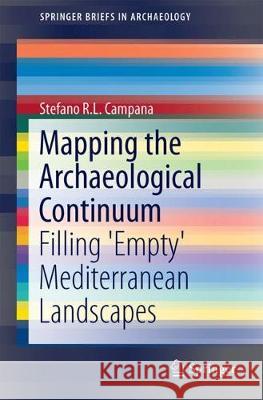Mapping the Archaeological Continuum: Filling 'Empty' Mediterranean Landscapes » książka
topmenu
Mapping the Archaeological Continuum: Filling 'Empty' Mediterranean Landscapes
ISBN-13: 9783319895710 / Angielski / Miękka / 2018 / 118 str.
Kategorie BISAC:
Wydawca:
Springer
Seria wydawnicza:
Język:
Angielski
ISBN-13:
9783319895710
Rok wydania:
2018
Wydanie:
2018
Ilość stron:
118
Waga:
0.18 kg
Wymiary:
23.19 x 15.77 x 0.51
Oprawa:
Miękka
Wolumenów:
01











